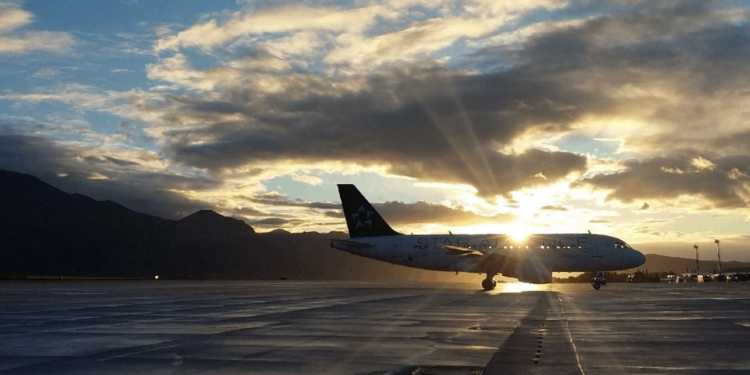Unveiling the Sky’s Secrets: The Impact of Climate Change on Flying Revealed
In a groundbreaking study, researchers have discovered a startling link between the Earth’s changing climate and an increase in air turbulence during flights. The findings, published in a recent scientific journal, shed light on a topic that has long been a concern for both frequent flyers and aviation experts.
Traditionally, turbulence has been attributed to atmospheric pressure systems and weather conditions. However, this pioneering research now unveils another culprit: global warming. The study reveals that as the planet’s climate continues to shift, the occurrence and intensity of turbulence are on the rise, posing a potential danger to air travel.
The implications of this discovery are profound. With the ever-increasing threat of climate change, it is imperative to understand the various ways in which it impacts our daily lives. Air travel, a cornerstone of modern society, is not immune to these effects. Passengers and airlines alike must be aware of the potential risks and take necessary precautions to ensure safe journeys.
Imagine soaring through the skies, gazing out of the airplane window as fluffy white clouds float by. Suddenly, the calm is shattered as the aircraft encounters a bout of turbulent air. The plane jolts, causing hearts to race and drinks to spill. While turbulence is usually harmless, it can be a nerve-wracking experience for even the most seasoned travelers.
Now, with climate change in the equation, the stakes are higher. The study shows a direct correlation between rising temperatures and the frequency of turbulence. As the Earth heats up, the increased energy in the atmosphere creates stronger air currents, leading to more turbulence. This means that turbulent flights, once an occasional inconvenience, could become a more common occurrence.
The researchers utilized advanced climate models to simulate atmospheric conditions and predict future trends. Their results paint a concerning picture: if current greenhouse gas emissions continue, the skies could become even more unsettled in the coming years. This calls for urgent action to mitigate climate change and its impact on air travel.
Thankfully, the study also offers some glimmers of hope. By adopting sustainable practices and reducing carbon footprints, we can work towards stabilizing the climate and potentially alleviating turbulence risks. Improved technology and forecasting systems can also aid in better predicting and avoiding turbulent areas during flights.
As travelers, it is crucial to stay informed about the latest research and developments in this field. Understanding the dynamics of climate-induced turbulence enables us to make more informed decisions and choose airlines that prioritize passenger safety in the face of changing environmental conditions.
In conclusion, this groundbreaking study serves as a wake-up call to the aviation industry and passengers alike. Climate change is not only affecting the planet’s ecosystems but also has tangible consequences for air travel. By acknowledging and addressing this pressing issue, we can ensure that our journeys through the skies remain as safe and seamless as possible. Let us embrace sustainable practices and work towards a future where turbulence becomes nothing more than a distant memory.
” Fuentes www.escapadah.com ”

